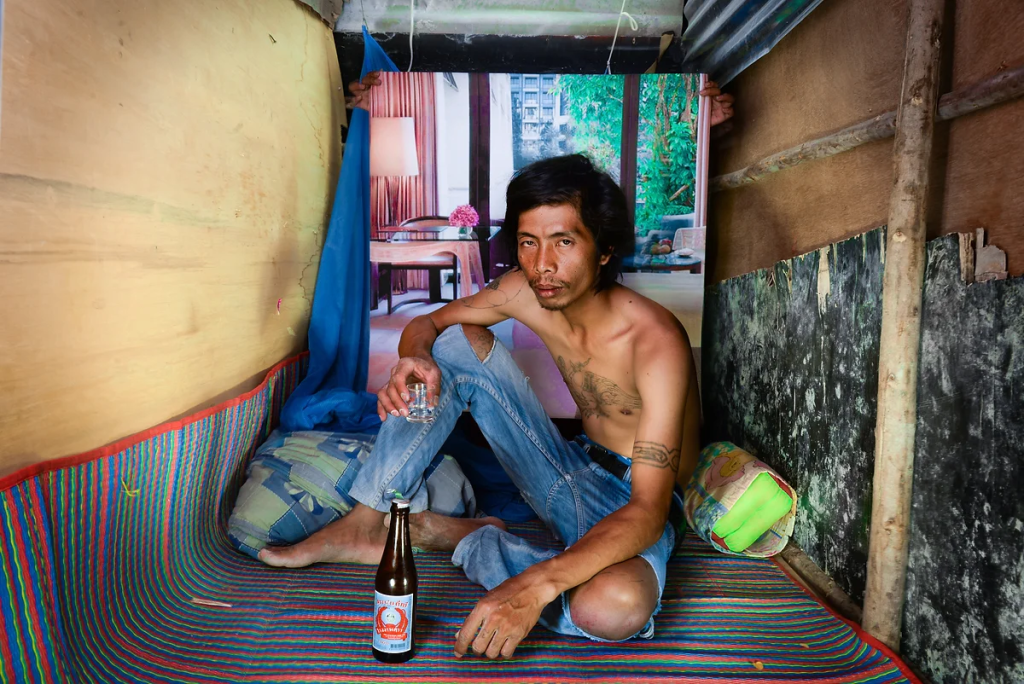(On-going) References & some reflection on my practice
Liu, B. (2021) Synthetic Eros. Available at: https://bettyluzhiqin.com/Synthetic-Eros (Accessed: 10 February 2024).
Lu’s Synthetic Eros is a project that consists of a device made of vibration sensors that translate pixel information of the dataset collection, including work from the period when eroticism was most celebrated. By engaging in different mediums, Lu’s intention is driven by something similar to mine — the shared desire to provoke deep reflection and challenge the complex relationship between sex, the individual, and society. While Lu uses technology and algorithms as investigative tools that examine the impact they have on our experience of taboos, my approach involves delving into extensive archives and interviews to gain a comprehensive understanding of various aspects. Coming from a seemingly similar background in Asian culture, where the topic of sex is considered a cultural taboo, and there is a lack of representation of eroticism in our culture, our project tends to explore and focus on the experience and aims to communicate the social problems. Although Lu’s work centres around engaging the touch and feel sensory experiences, my work focuses more on visual and enhancing perception. In essence, we both consider ourselves using the role of translator, utilising our mediums to convey and transfer a message or narrative surrounding the topic of sex, which we have thoughtfully constructed.
Preciado, P. (2014). Pornotopia: An Essay on Playboy’s Architecture & Biopolitics. Zone Books.
Preciado’s text was helpful in the act of narrative-making and publishing in the realm of pornography as it investigates relationships between space, gender, and sexuality in Playboy magazine. He talks about its ability to animate architecture through the construction of an erotic narrative. It also presents sex as the ultimate consumption object among designer objects that are consumed erotically. This narrative-making can challenge conventional ideas about public and private spaces, encouraging discussions about societal attitudes toward sexuality, nudity, and the body, which can also be used to project forward on my practice, asking questions about which should be public and which should be private and how it will affect societal norms. Preciado again argues about the experiment on the publishing technique of Playboy magazine. Placed at the core of the magazine, the centrefold is visible and exposes the image of the girl next door. It functions as a viewing technique that coverts dressed into undressed, folded into opened, hidden into exposed, and again private into public. This technique is an example of how we can experiment through publishing different registers and levels of explicitness, which takes a similar approach to my work and how I am trying to play around with forms, combining them with deeper contextual awareness.
Marker, C. (2008). La Jetée: ciné-roman. Zone Books.
La Jetée is the book version of the legendary 1964 science fiction film about time and memory after a nuclear apocalypse. Marker composed the film almost entirely of still photographs. It shows how narratives or even a film can be created by using a medium like publication and pushes the boundary of mediums. By placing and rearranging images together can create moving images, yet it can also be read as a poem dominated by a single image. Inspired by Marker’s rearranged still images to create a dynamic narrative, my practice experiments with juxtaposing contrasting images, textual elements, and interactive features to provoke thought and engage readers in a dialogue about cultural norms and individual experiences related to sex.
Francoeur, R. (2001). The International Encyclopedia of Sexuality. Bloomsbury 3PL.
The International Encyclopedia of Sexuality: Thailand explores the intricate landscape of sexuality in Thailand. The book delves into societal attitudes towards commercial sex, homosexuality, and gender roles, highlighting the tensions and shifts within Thai society. Traditional gender norms, patriarchal structures, and perceptions towards sexuality are discussed, along with the challenges and advancements faced by women and LGBTQ+ individuals. Their tone of voice is surprisingly neutral, which I found helpful for some topics and also helped me shape my content on the publication and form the interview questions.
de Blauwer, K. (2022). Les photos qu’elle ne montre à personne. TEXTUEL.
Katrien De Blauwer’s practice is close to photomontage; some often consider it to be a collage. She cuts, glues, assembles and manipulates photographs gleaned from the old magazines she collects. Her works conceal an intense narrative charge. The use of women’s photos from 1960s and 1970s archives shows how the timeframe is essential. These photos of women at the beginning of the liberations were taken exclusively by men, and this time around, Katrien chose to cut out the male gaze and presented her female narrative into that. Her role in publishing and image-making made me question about how I could project my own position into my work. As for working with archives and her role in dealing with them, she argues that she does not make a collage; in fact, she considers herself a photographer but without a camera. “The act of cutting is like the click of the camera,” she stated. That statement makes me rethink about my role; even though my practice uses a similar approach to hers but, I am not a photographer. Instead, I am a designer, and my role here is as a translator as I reconfigure the meaning of the image and create a narrative through an exploration of storytelling methods and material.
Visual references

Foer, J. (2010). Tree of Codes. Visual Editions Ltd.
Foer uses multi-layers of the story with immense anxiety, crossing both a sense of time and place. He takes publishing to another level by using innovative design as part of the reading experience, which is something I am trying to do with my work: create an experience while engaging with the contents.

Pattanakulchai, P. (2017).
HIGH-RISE BUILDINGS, LOW-RISE BUILDERS?. Available at: https://www.panasann.com/high-rise-buildings-low-rise-builde (Accessed: 16 February 2024).
A series of photographs which questions the luxury of new high-rise buildings which are mushrooming all over Bangkok, and the tough lives of the workers who built them. The project is realised by juxtaposing images from advertisements of those high-rise buildings, especially their luxurious interiors, within photographs of building workers’ temporary destitute shelters.

Lee, S. (2004). Woman’s HouseⅡ. Available at: http://sunminlee.com/menu/works/work/WomansHouse2/WomansHouse2Slide (Accessed: 26 February 2024).
A series of photographs that used juxtaposing images to tell narratives about the role of women in society from the male-dominated social structures.
